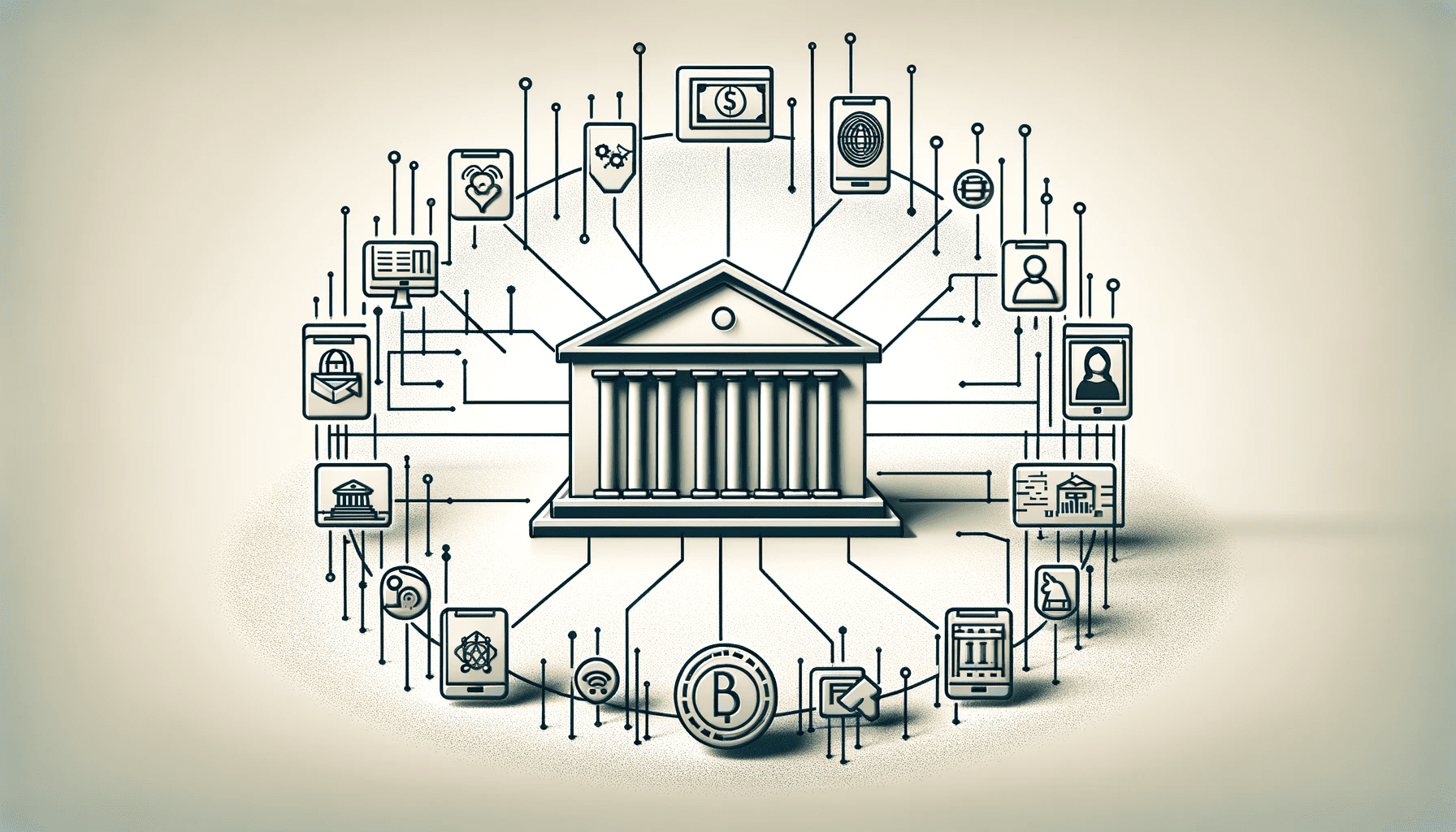What are the definitions for the best b2b fintech companies?
Based on various criteria and points of view, the definition of the “best” B2B fintech companies can vary. However, the following characteristics are frequently associated with leading B2B fintech companies:
- Innovation and Technology: The best B2B fintech companies are known for their innovative use of technology. They deliver innovative financial products and services by leveraging cutting-edge technologies such as artificial intelligence, blockchain, cloud computing, and data analytics.
- Scalability and Customization: The best B2B fintech companies offer solutions that are scalable and adaptable to the specific needs of their clients. They provide adaptable platforms and application programming interfaces (APIs) that permit seamless integration with existing systems, empowering financial institutions to tailor the solutions to their particular needs.
- The best B2B fintech companies prioritize security and compliance measures. They employ robust encryption, authentication protocols, and risk management frameworks to safeguard sensitive financial data and ensure compliance with regulatory requirements.
- User Experience: B2B fintech firms that place a premium on user experience distinguish themselves from the competition. They design user-friendly and intuitive interfaces that simplify complex financial processes and facilitate interactions between financial institutions and their customers.
- Industry Expertise and Support: The top B2B fintech providers have in-depth domain knowledge and a team of industry experts who comprehend the complexities of the financial industry. Their clients receive comprehensive support, including assistance with onboarding, training, and ongoing technical support.
- Reputation and Track Record: The best B2B fintech firms typically have a solid track record of successful implementations and pleased customers. Within the financial industry, they are recognized for their dependability, performance, and long-term partnerships.
It is essential to remember that the best B2B fintech company for a particular financial institution depends on its specific needs, objectives, and priorities. Important steps in identifying the ideal B2B fintech partner include conducting exhaustive research, analyzing case studies, and assessing the compatibility of solutions with specific needs.
B2B Fintech history
In recent years, the fintech sector as a whole has expanded quickly, and the B2B market has been a key driver of this expansion. A PwC analysis states that global investment in fintech companies increased from $22.3 billion in 2013 to $111.8 billion in 2019. With many B2B fintech companies establishing high-skilled professions in fields like engineering, data science, and product development, the B2B fintech sector has also been a significant contributor to the growth of employment in the sector.
The worldwide fintech market was estimated to be worth $127.66 billion in 2018 and is projected to rise at a compound annual growth rate of 19.9% to $309.98 billion by 2023, according to a KPMG analysis. This shows that the fintech sector is home to a sizable number of businesses.
Payments, loans, financial management, and insurance are just a few of the industries where fintech firms can operate. PayPal, a corporation that handles payments, and LendingClub, a platform for peer-to-peer lending, are two examples of fintech businesses. Additionally, there are a lot of smaller fintech firms that specialize in particular market segments.
With the introduction of the internet and the widespread use of personal computers in the late 20th and early 21st centuries, the fintech industry, which stands for financial technology, started to grow. Financial institutions were able to automate many of their operations because to this technology, and customers could now access financial services online. As more and more individuals started using the internet for financial transactions, the fintech sector gained importance and witnessed the creation of numerous cutting-edge innovations, including peer-to-peer lending platforms and mobile payments. The fintech sector is now a significant component of the world financial system and is constantly developing as new technologies are developed.
In the fintech sector, B2B (business-to-business) payments primarily involve the use of digital payment technologies to streamline financial transactions between companies. In order to send and receive payments electronically, firms might use online payment platforms, mobile payment apps, and other digital technologies.
A business paying a supplier for goods or services online through an online payment platform is an illustration of a B2B payment in the fintech sector. Usually, the business will start the payment process through the platform’s website or mobile app, and the supplier will receive the money from the firm’s bank account. To help with the transaction, the payment platform might also offer further services like invoicing and record-keeping.








